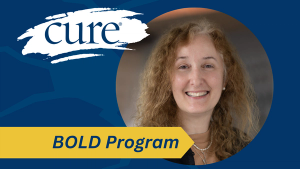How a Standardized Staging System Helps Patients, Providers Choose Best Kidney Cancer Treatment Options
By understanding what a TNM staging score is, patients and clinicians can determine the best line of treatment for their kidney cancer, as well as what the survivorship care plan should be.
Patients with kidney cancer and their clinicians can gain insight to appropriate treatment options by understanding the patients’ tumor, nodes, metastases (TNM) score, explained Dr. Vitaly Margulis, a professor of Urology at UT Southwestern Medical Center in Dallas.
TNM is a widely used staging system that takes three factors into account:
- the size of the tumor and if it spread to nearby tissue
- if the cancer spread into nearby lymph nodes
- whether or not the cancer spread (metastasized) into other parts of the body.
“The combination of these factors determines, number one, how to treat each individual patient. They help us understand after treatment how to properly monitor (patients),” Margulis said in an interview with CURE®.
Transcription
For each individual patient, the TNM stage will guide the patient and the clinician in terms of number one, how to manage the cancer. To give an example, the patients with stage 4 disease based on TNM staging or presence of metastases are treated generally with systemic therapies. Patients with absence of such are treated with initial surgical approach, and this is where the T stage is important.
For example, patients with the T1 and T2 tumors can generally be, when speaking about the kidney cancer specifically, treated with surgeries that preserve the kidney. Patients with more advanced tumors, T3 and T4, generally require removal of the whole kidney. So, you can see how understanding the exact details of TNM stage guides therapy.
After the treatment, I think it's important that based on TNM staging, a rational surveillance strategy is determined. Discussions can be held about availability and need for additional treatment options to minimize the probability of cancer coming back.
For more news on cancer updates, research and education, don’t forget to subscribe to CURE®’s newsletters here.
Related Content
 Palliative Care in Kidney Cancer More Than Just Relieving Symptoms
Palliative Care in Kidney Cancer More Than Just Relieving SymptomsSeptember 26th 2024
View additional resources on CureToday.com

















